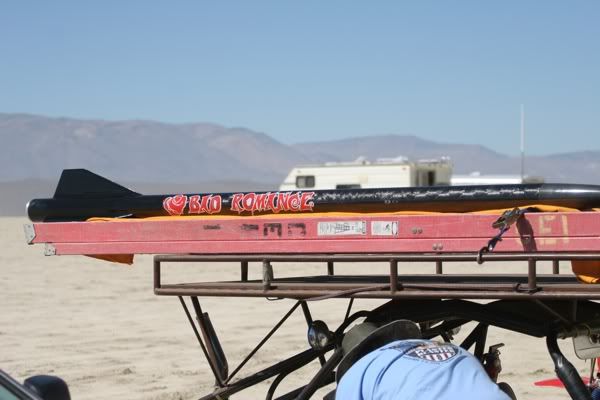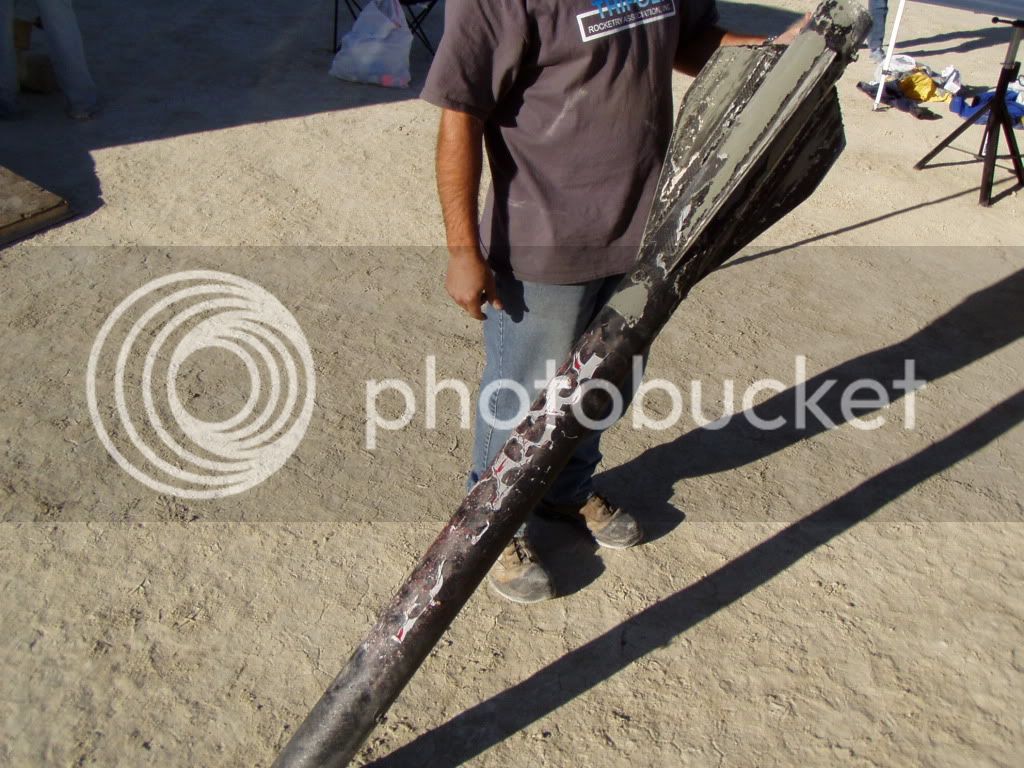TZ250
Well-Known Member
- Joined
- Apr 15, 2010
- Messages
- 300
- Reaction score
- 2
Everyone,
About what temperature will different areas of my Kestrel see at Mach 2.25? I realize there are some variables involved, but all Kestrel's are close in size/shape/weight. (at least, close enough for this thread)
The math is complicated and most people use software to figure such things.
What do you think the nosecone, airframe at CG, and the leading edges of the fins will see at 1,750 MPH? 200 degrees? 300 degrees? (Fahrenheit)
I'm just curious. TIA.
About what temperature will different areas of my Kestrel see at Mach 2.25? I realize there are some variables involved, but all Kestrel's are close in size/shape/weight. (at least, close enough for this thread)
The math is complicated and most people use software to figure such things.
What do you think the nosecone, airframe at CG, and the leading edges of the fins will see at 1,750 MPH? 200 degrees? 300 degrees? (Fahrenheit)
I'm just curious. TIA.








